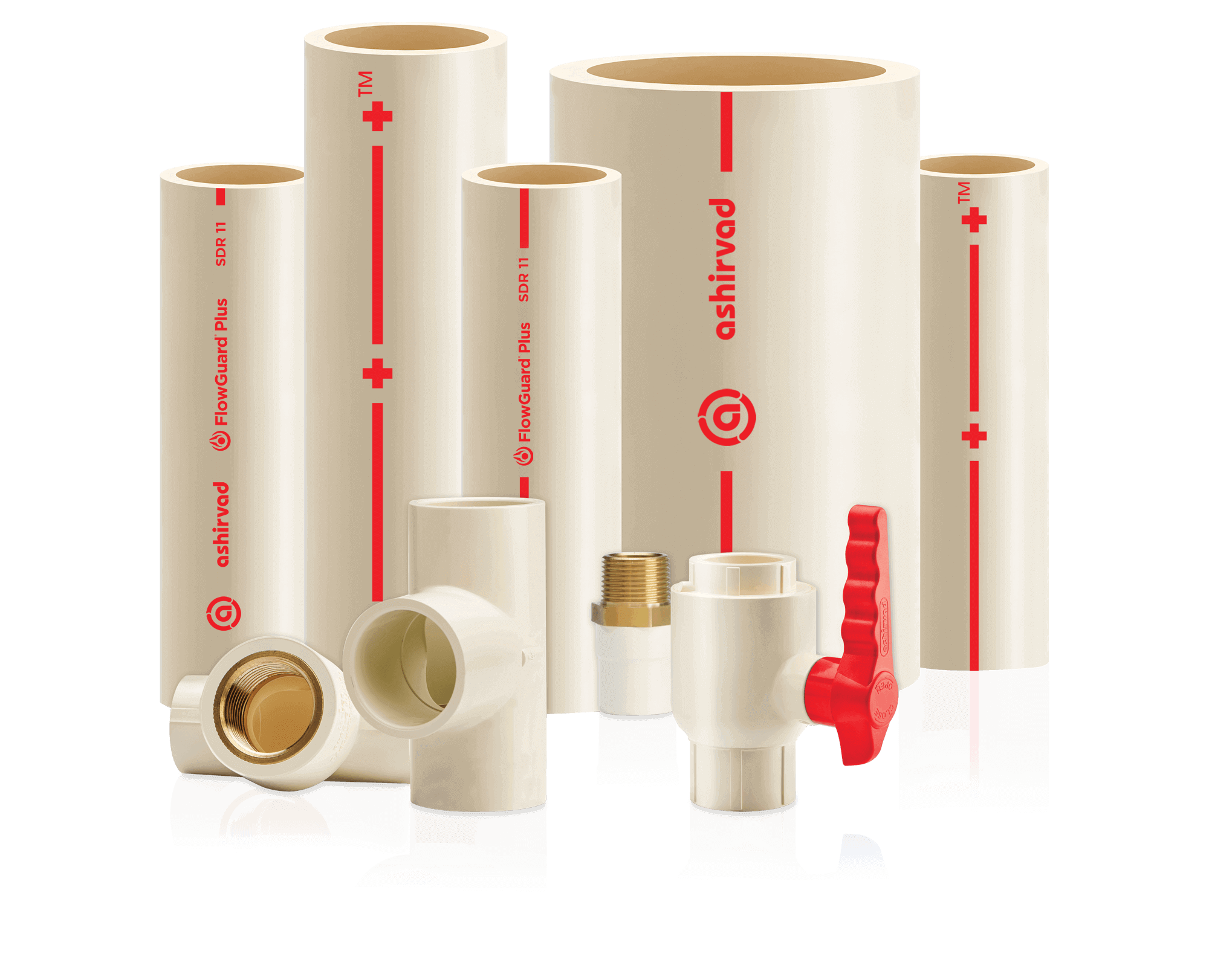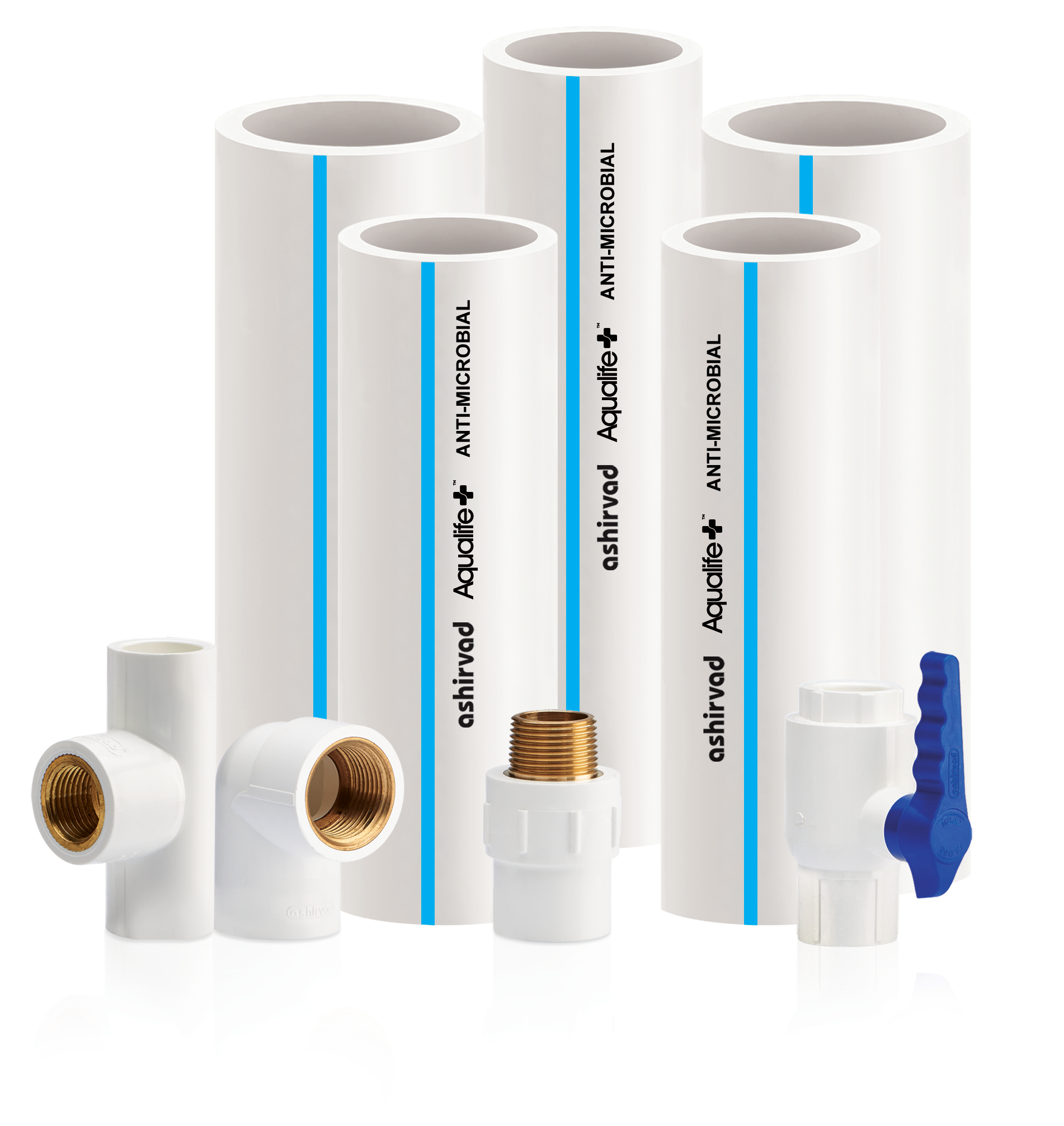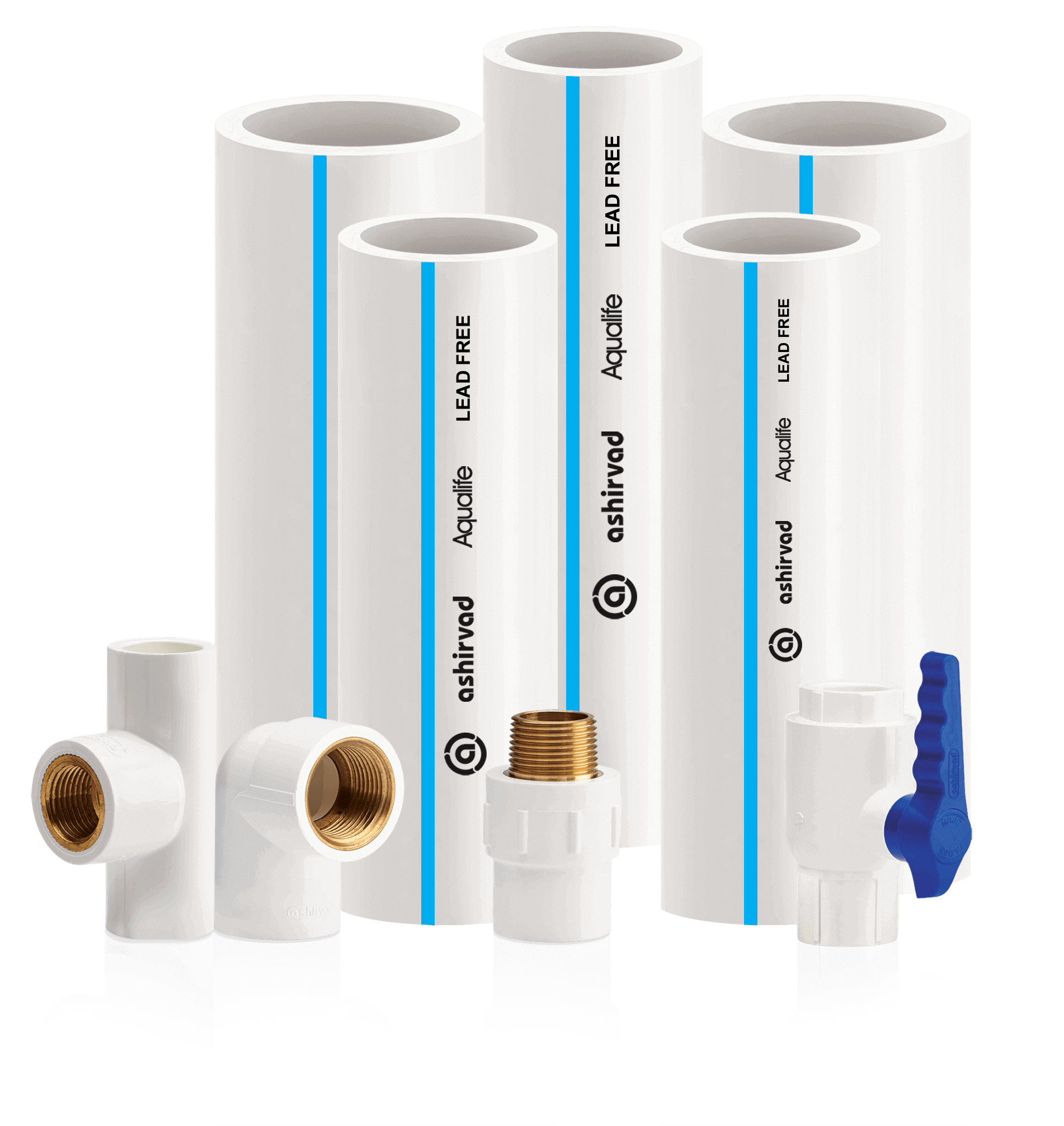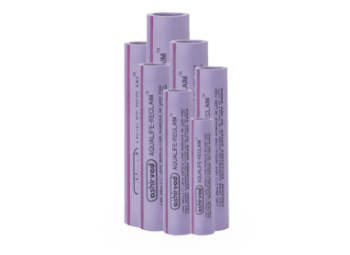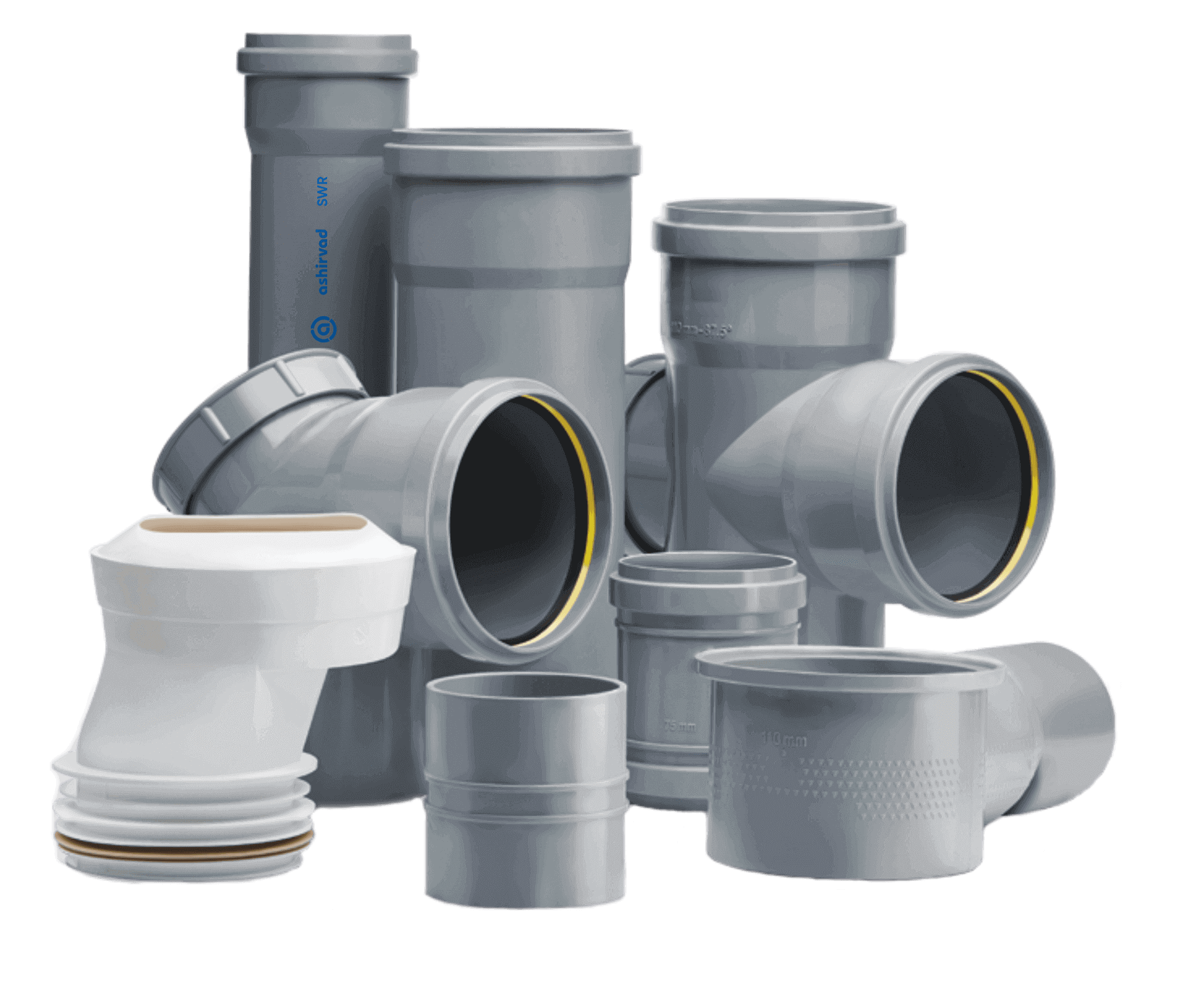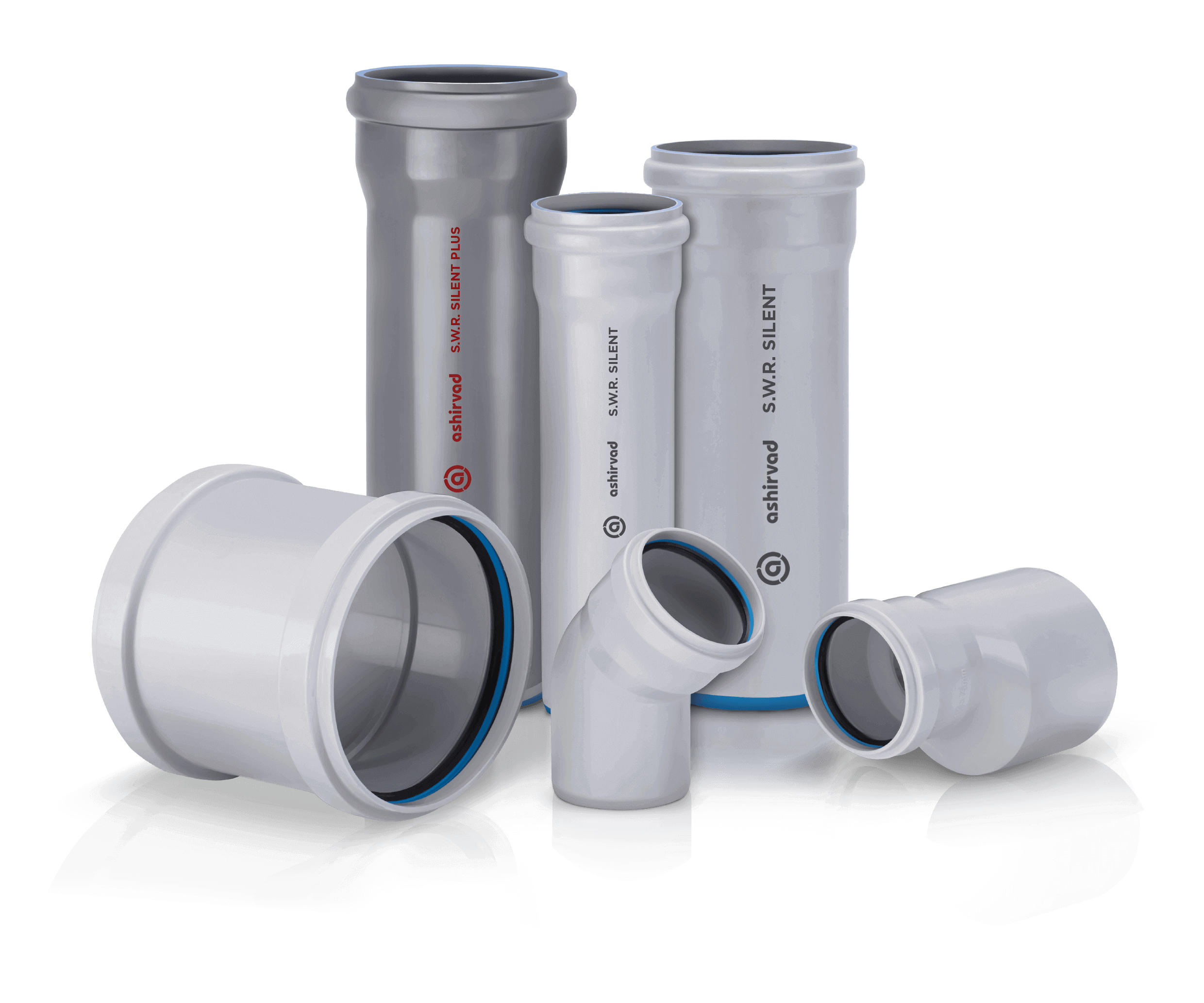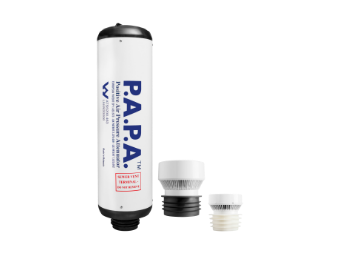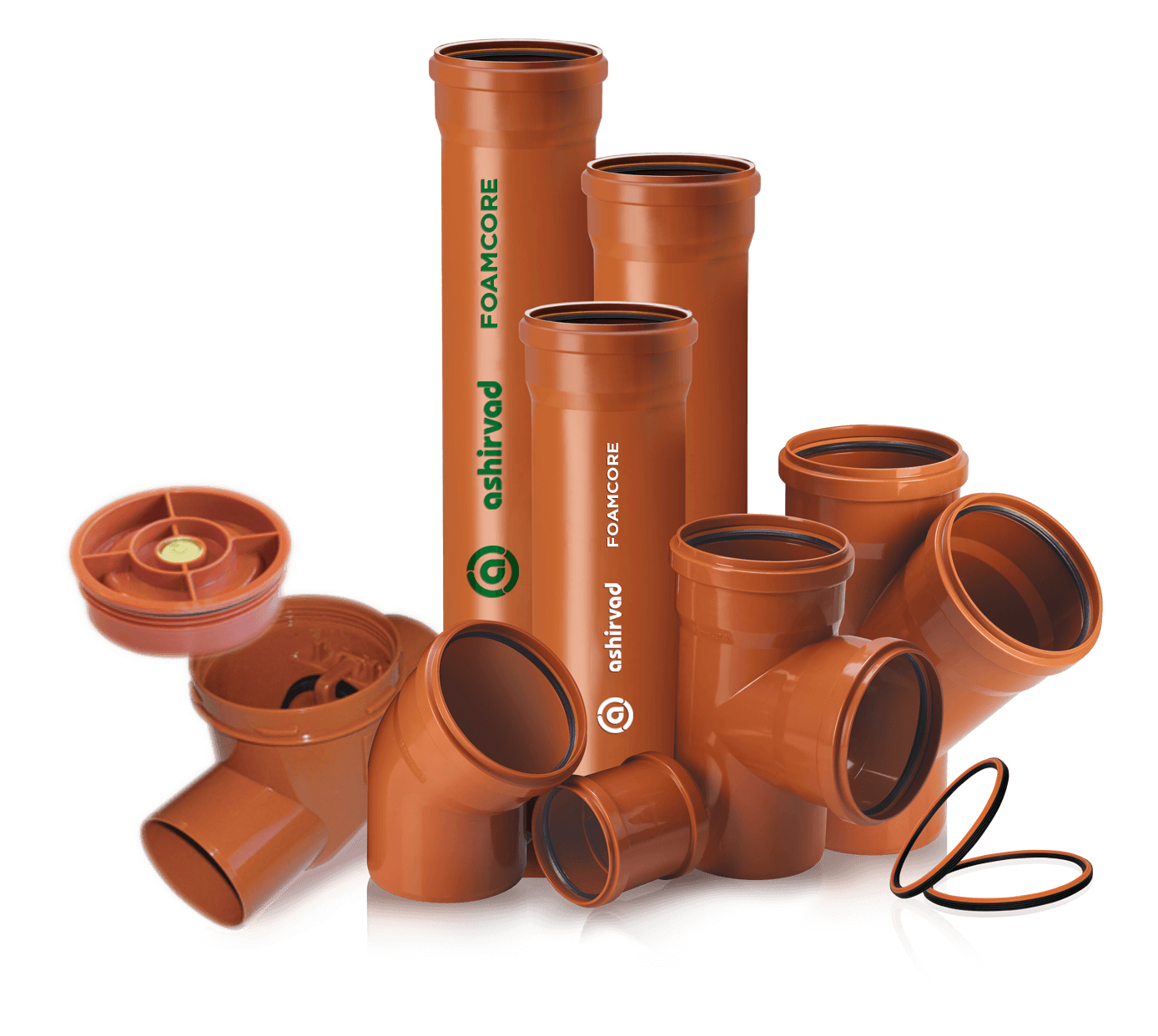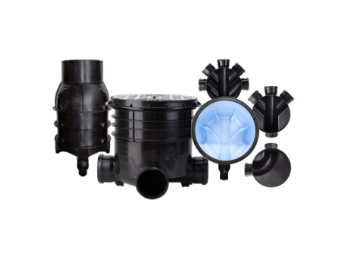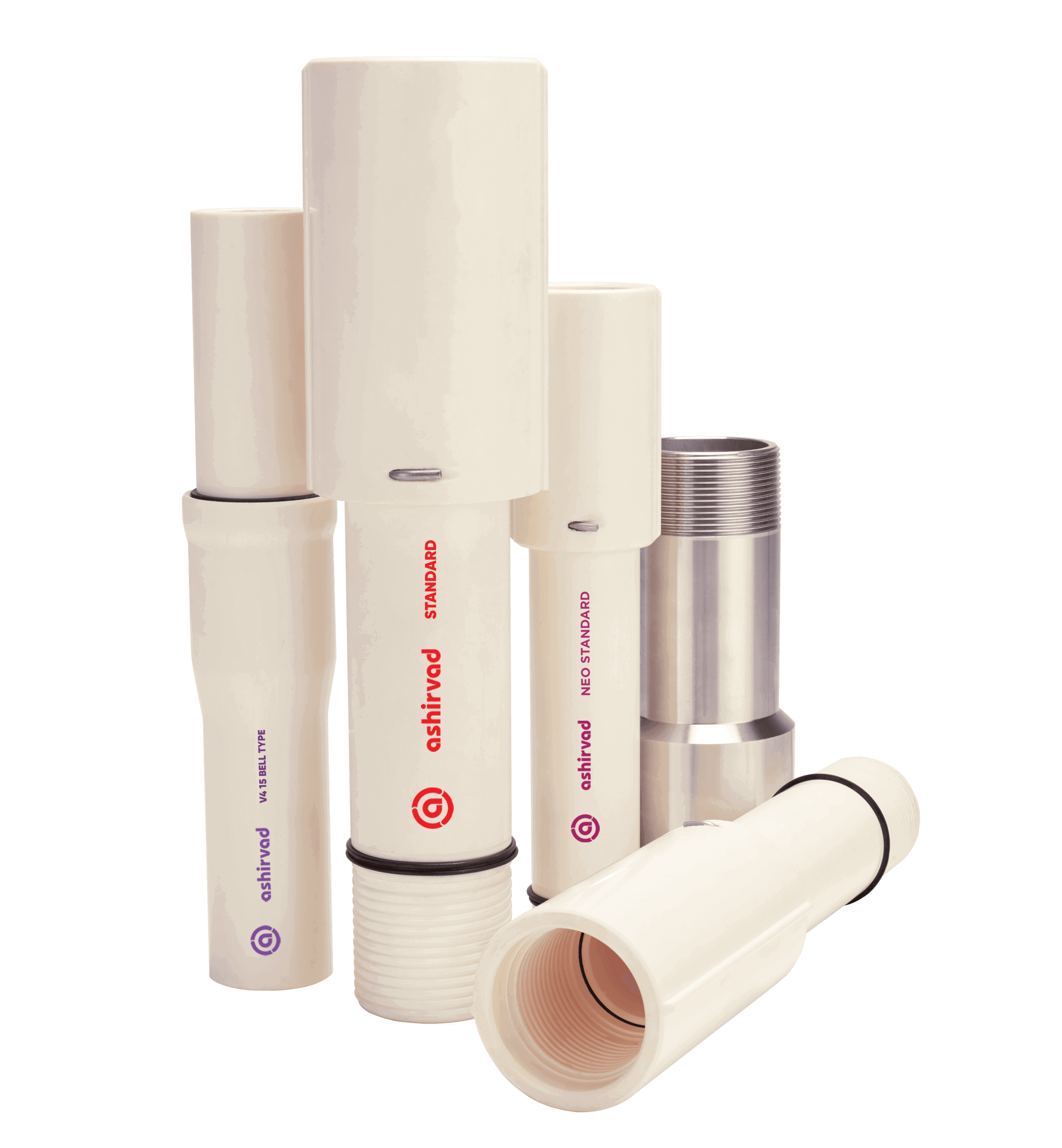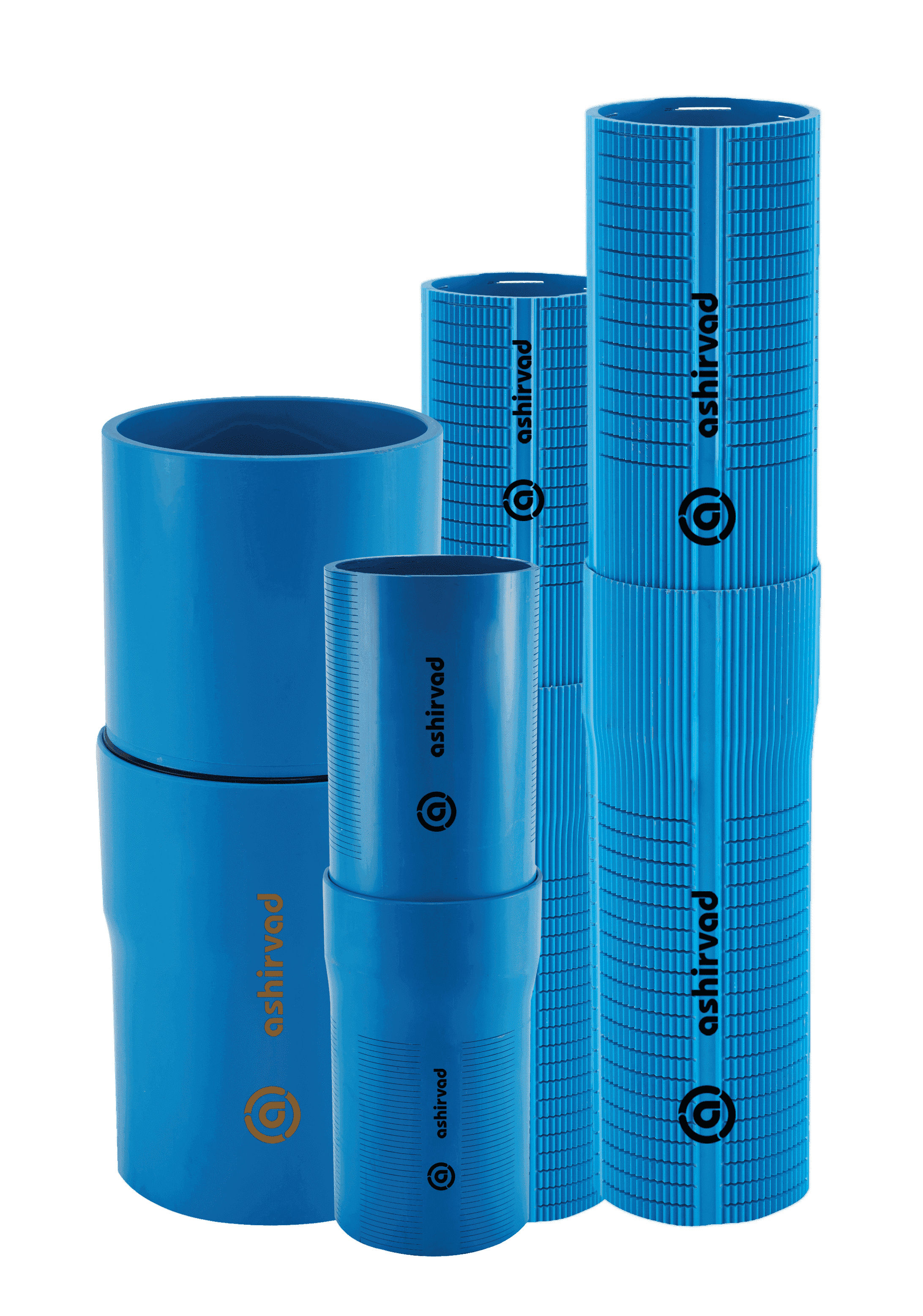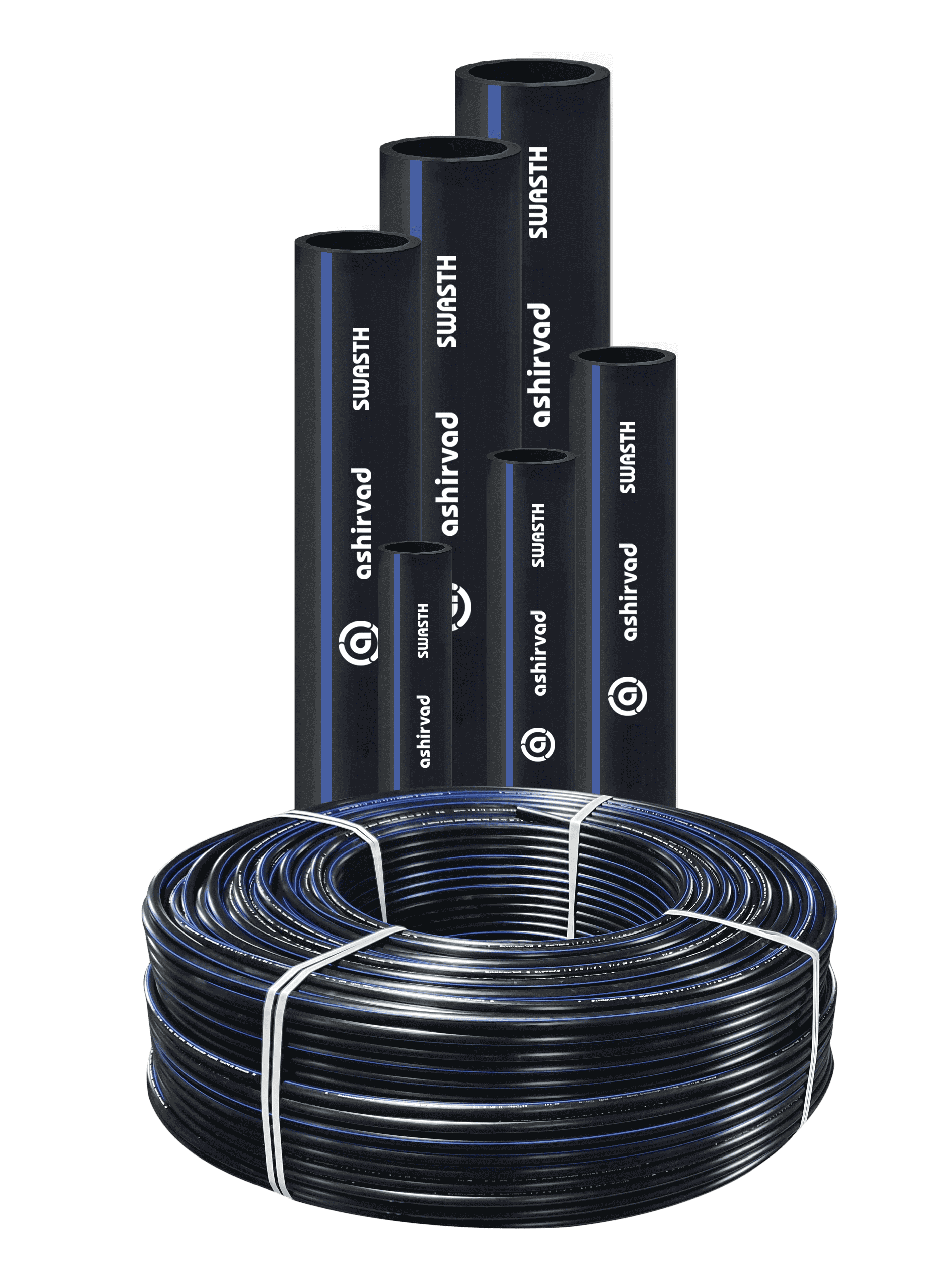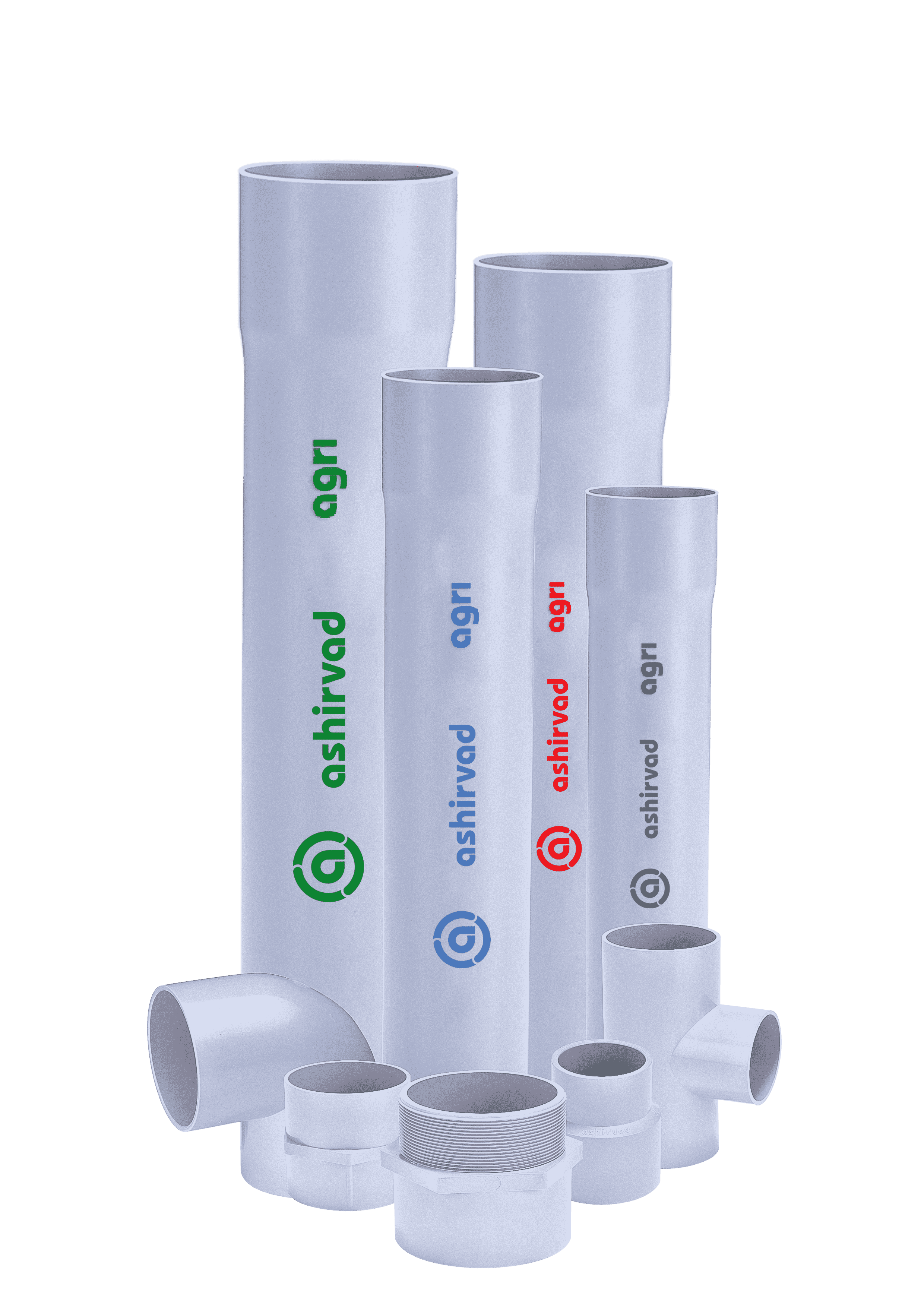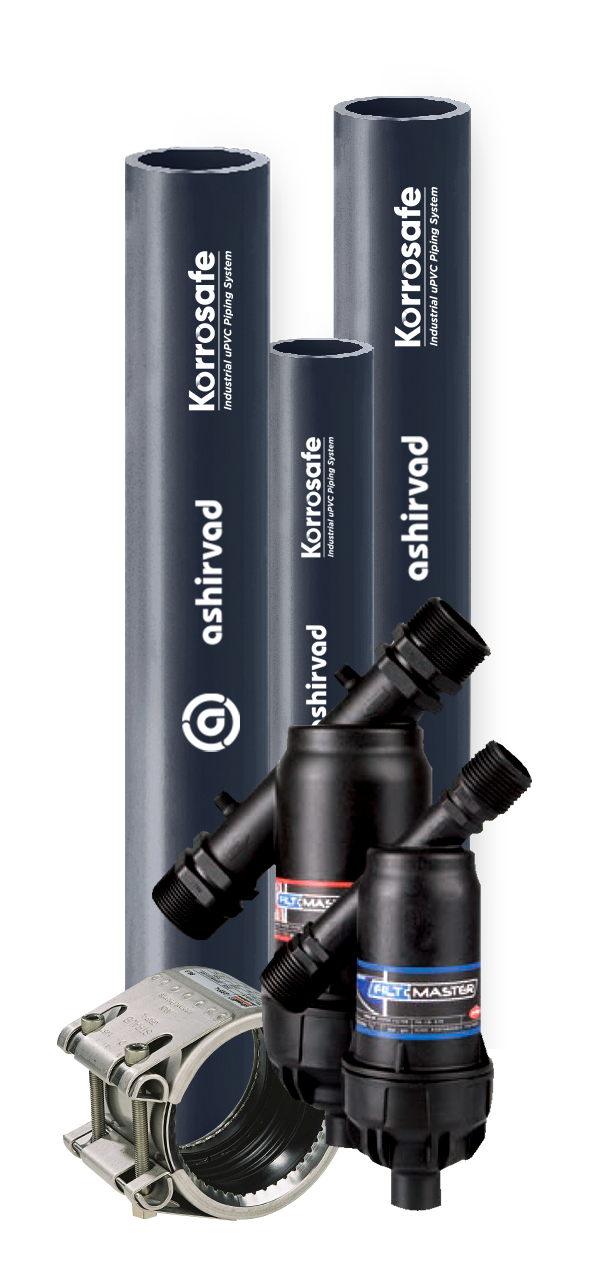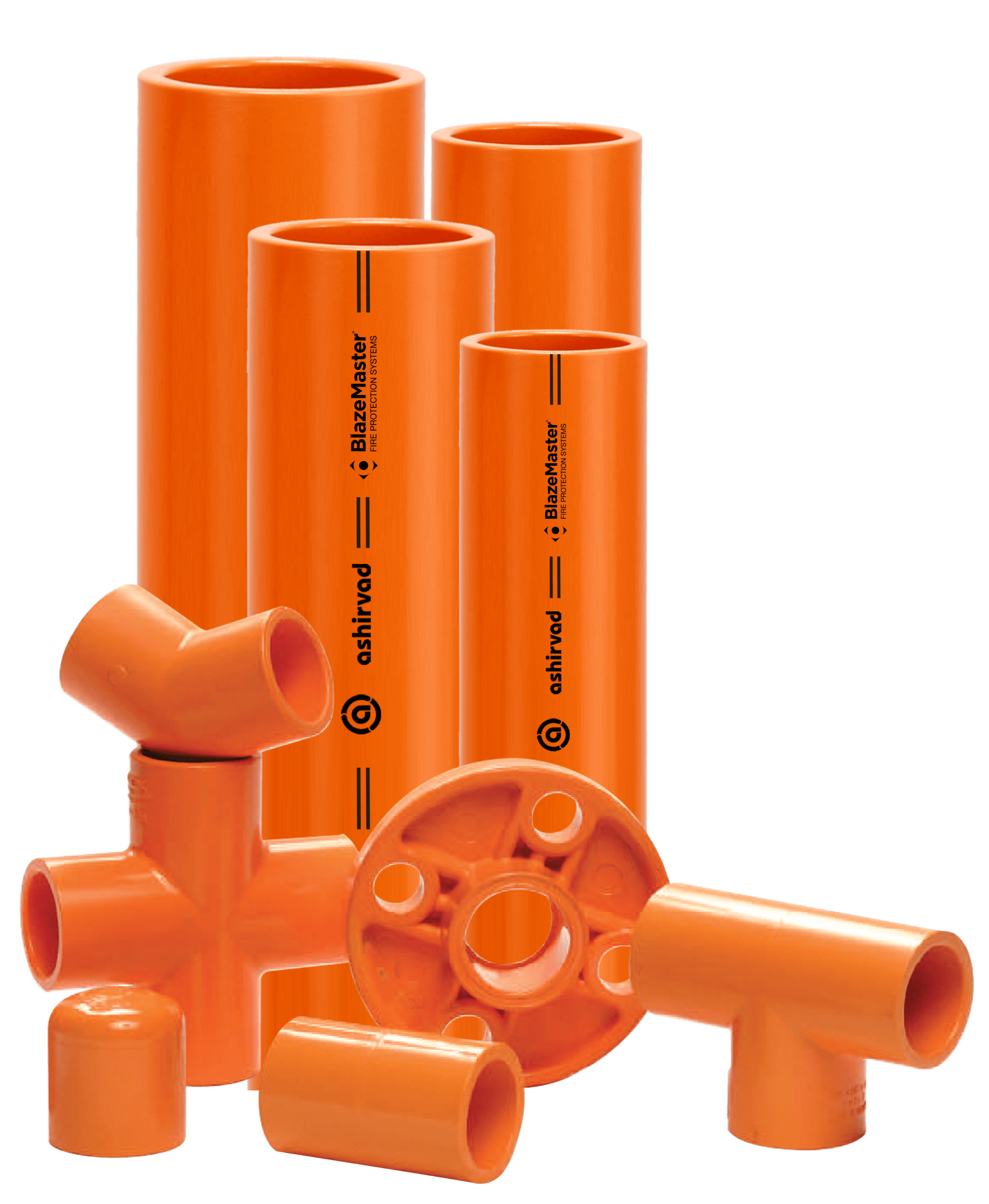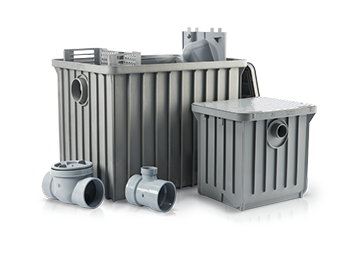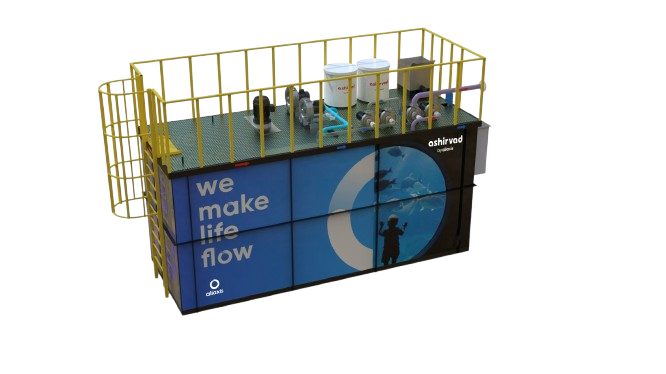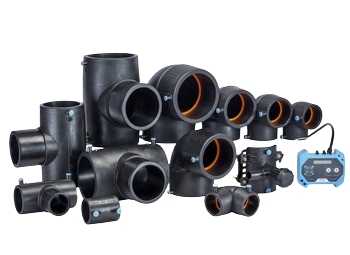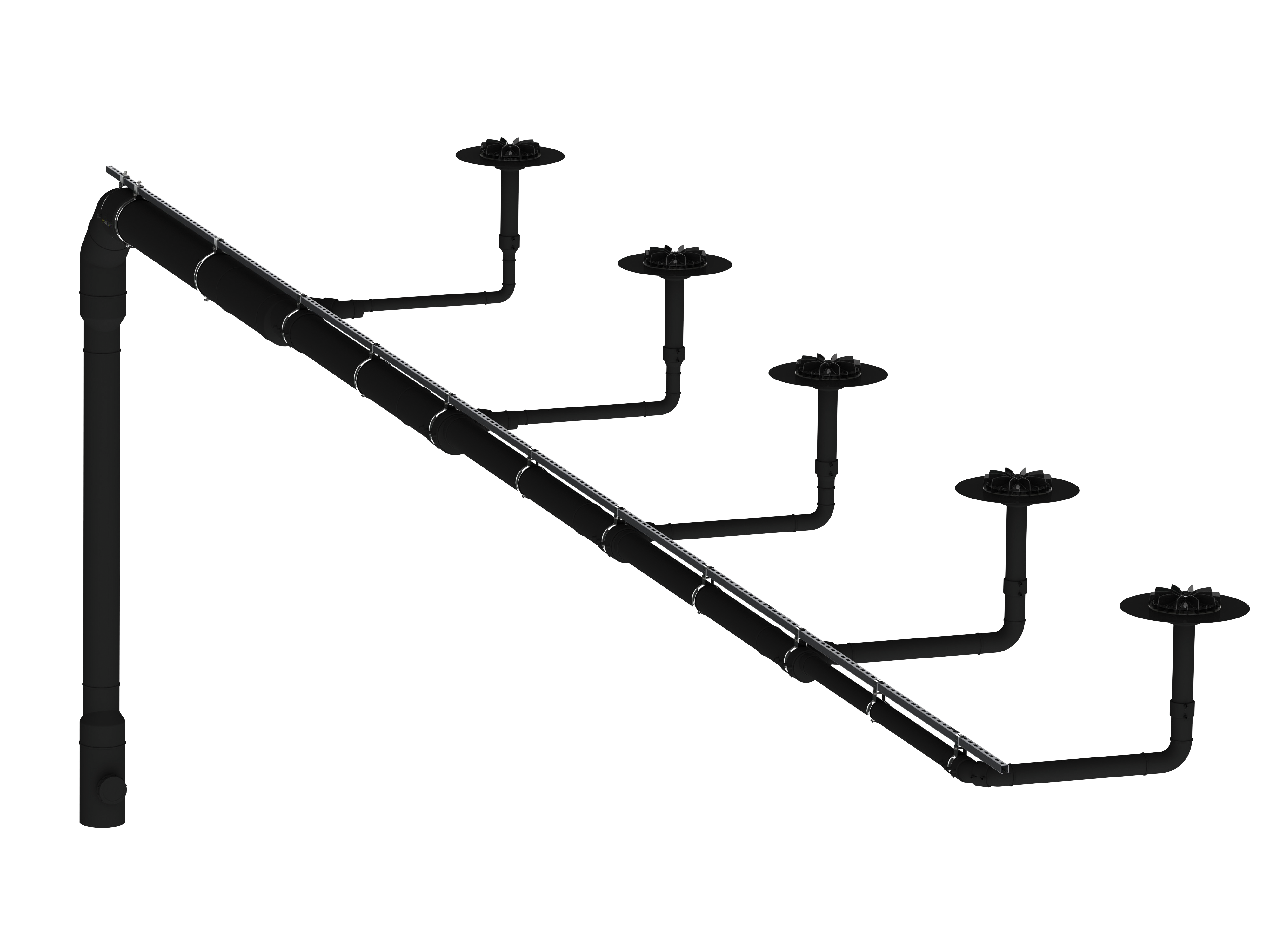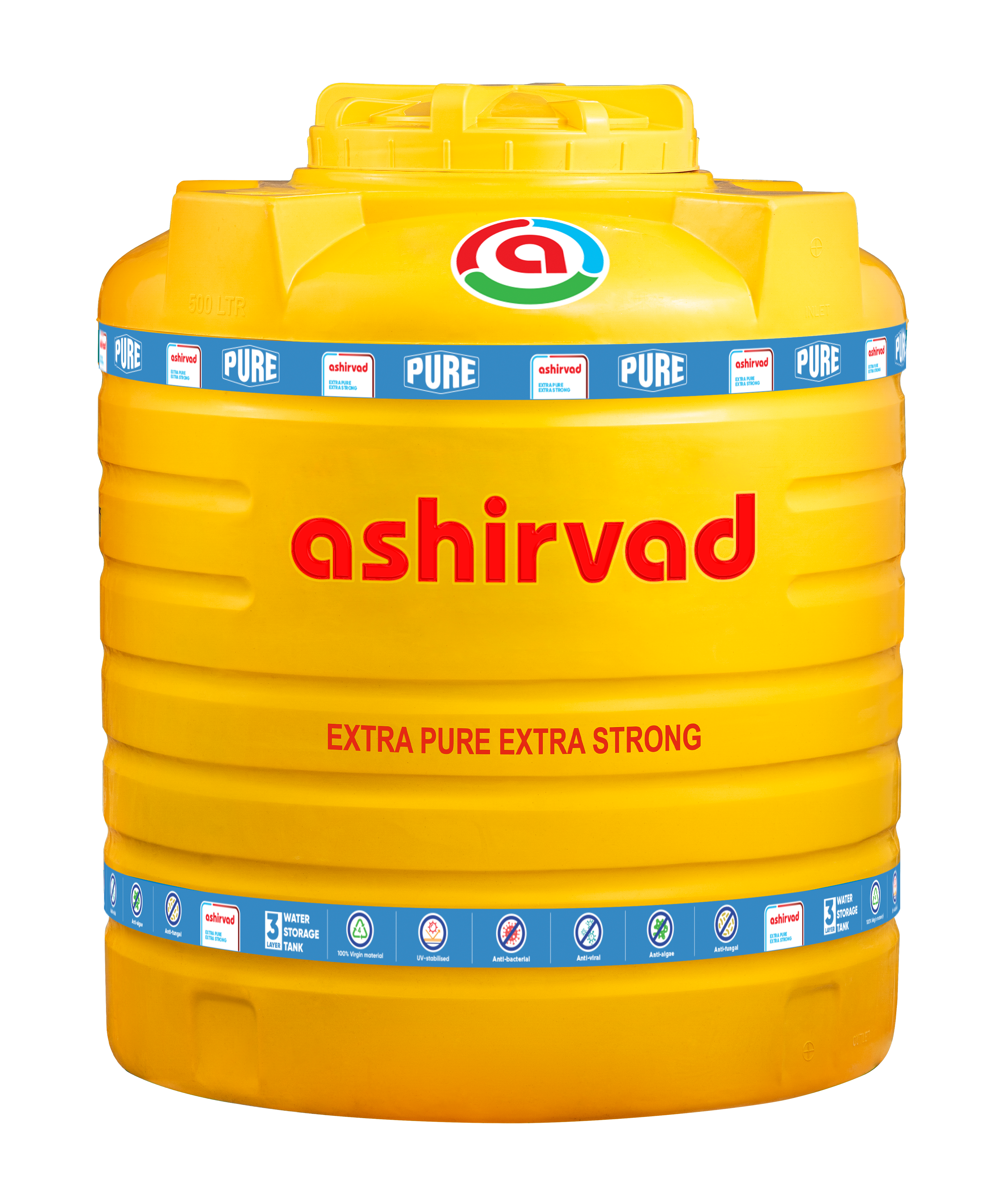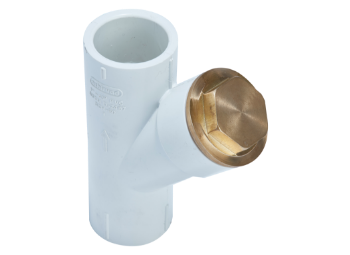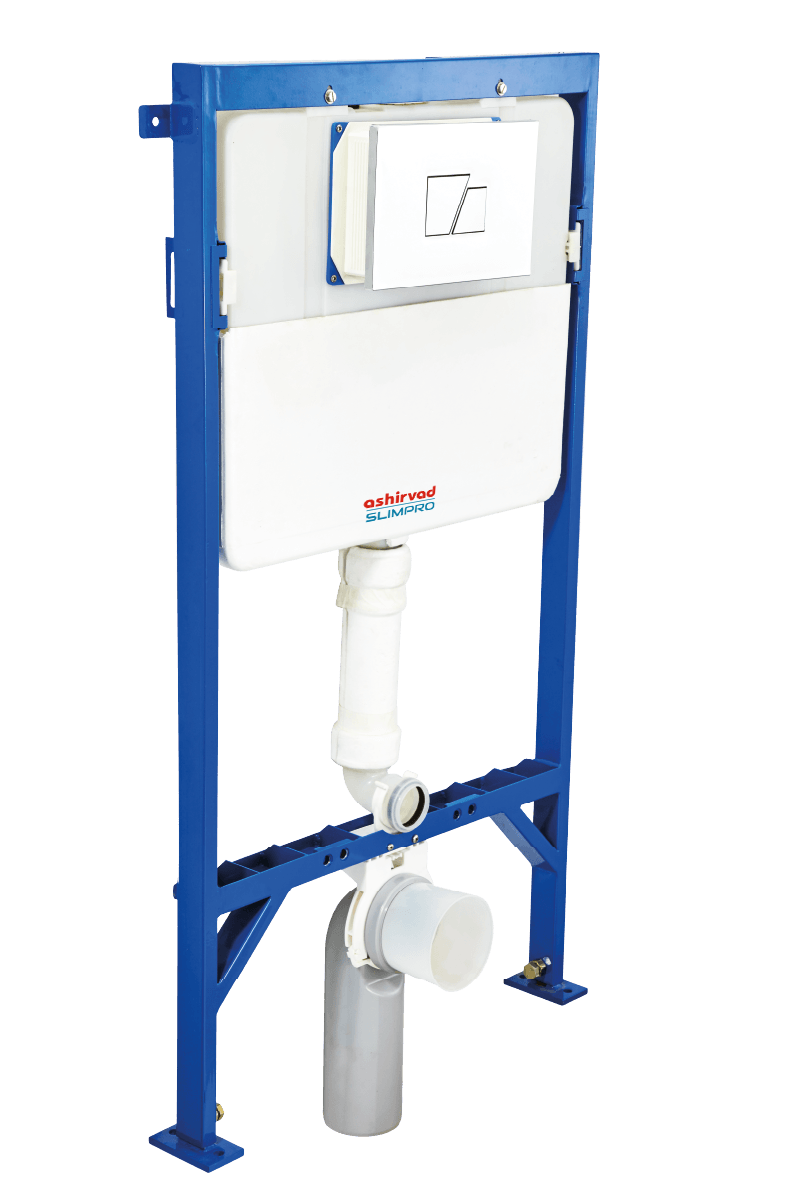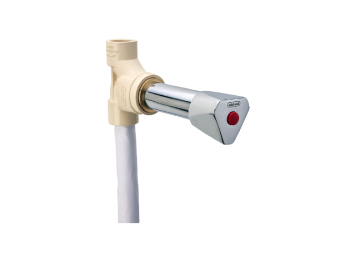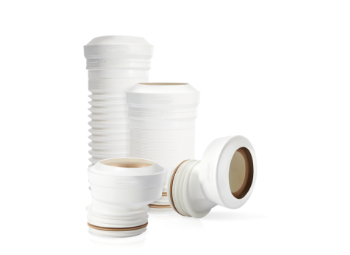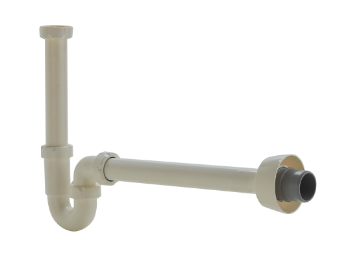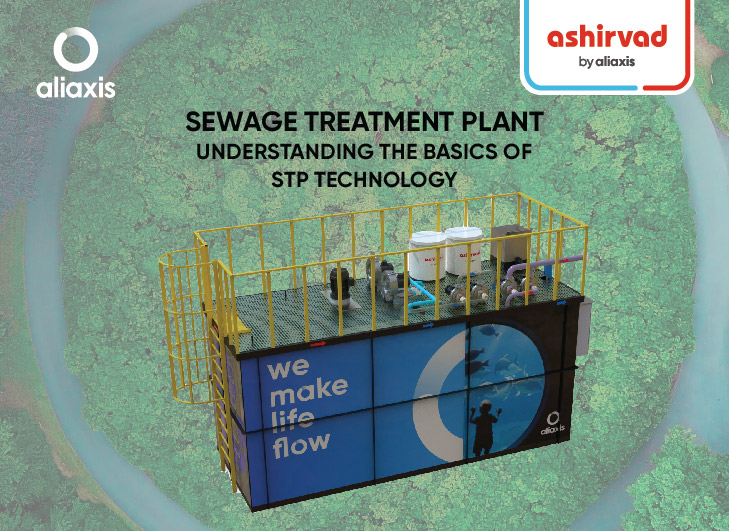Reading Time: 5 minutes
Sewage refers to wastewater containing substantial organic and inorganic solids from diverse establishments like residential, commercial, and industrial premises. This sewage must be treated before being disposed of safely in the environment or reused for various purposes. This is where the sewage treatment plants come into the picture.
What is a sewage treatment plant?
A sewage treatment plant is a unique cleaning place for dirty water from homes, offices., and industries. It is like a giant filter that helps keep our environment clean.
Similar to how a water filter cleans your drinking water, a sewage treatment plant employs a multi-stage process to remove harmful contaminants from wastewater. This ensures that the water released back into the environment is safe for aquatic life and doesn’t contribute to environmental damage. This vital process helps protect our rivers, oceans, and ultimately, ourselves.
In essence, sewage treatment plants act as silent guardians of our water resources, playing a critical role in maintaining a healthy and sustainable environment for all.
How does STP Technology work?
The STP technology works in primary, secondary, and tertiary stages. Each stage plays a vital role in the purification process. Let us understand each one of them one by one.
Primary treatment:
Primary treatment is the initial phase of sewage treatment and focuses on removing large solid particles and heavy materials from the wastewater. Here’s how it works.
Screening: Wastewater is passed through screens or grates to remove large debris, such as sticks, plastics, and other solids.
Sedimentation: The screened wastewater is then directed into large settling tanks. In these tanks, gravity allows the heavier solids to settle to the bottom. It forms a sludge layer. This sludge is periodically removed for further treatment.
Primary treatment effectively reduces the load of suspended solids in sewage but does not significantly reduce organic contaminants or pathogens.
Secondary or biological treatment:
After primary treatment, the partially treated wastewater undergoes secondary treatment to purify it further. This stage primarily focuses on reducing organic matter and pathogens. Secondary treatment typically employs biological processes and aeration. Here is how it works:
Aeration: The wastewater is mixed with air to increase the growth of beneficial microorganisms, such as bacteria and protozoa. These microorganisms ingest the organic matter in the sewage, converting it into harmless byproducts like carbon dioxide and water.
Clarification: After aeration, the sewage is directed to settling tanks where the microorganisms, called “activated sludge,” settle out. This process produces a clearer liquid effluent.
Return of activated sludge: Some activated sludge is then recycled back into the aeration tanks to maintain a healthy population of microorganisms and enhance treatment.
Secondary treatment significantly reduces the concentration of organic matter and pathogens, making the wastewater much cleaner. However, it may not be sufficient for some applications, mainly when stricter water quality standards are necessary.
Tertiary treatment:
Tertiary treatment is the final stage of sewage treatment and is optional, depending on the desired water quality and local regulations. It is designed to polish the treated wastewater further, removing any remaining contaminants and ensuring it meets specific standards. Here are some common tertiary treatment processes:
Filtration: In this step, the effluent is passed through sand, gravel, or other media to remove fine particles, suspended solids, and any remaining microorganisms.
Disinfection: The wastewater is often treated with disinfectants like chlorine, ultraviolet (UV) light, or ozone to eliminate any remaining pathogens.
Nutrient removal: In areas with strict regulations, excess nutrients such as nitrogen and phosphorus are removed to prevent water pollution and algal blooms in receiving waters.
Advanced oxidation: Some STPs use advanced oxidation processes to break down persistent organic pollutants and chemicals further.
The treated water from tertiary treatment is of high quality and can be discharged into natural bodies or used for non-potable purposes like irrigation or industrial processes.
Key components of sewage treatment plants
The components of sewage treatment plants vary depending on the type of sewage. The various components remove the harmful waste from the wastewater before it is ready to be released into the environment. The major components of sewage treatment plants are as follows:
- Bar screens: These are like gates that catch big things, like sticks or cans, from going further into the cleaning process.
- Grit chamber: It’s a place where tiny bits of sand and rocks in the water settle down.
- Comminutors: These are like big mixers that chop up the tiny bits of stuff left in the water after the grit chamber. They make it easier to clean.
- Pre-aeration tank: This tank gives the water some air. It’s like a breath of fresh air for the water before it goes to the next step.
- Primary settling tank: Here, the water slows down a lot, and heavy contaminants sinks to the bottom.
- Aeration tank: Bacteria here eat up the remaining contaminants in the water.
- Secondary settling tank: Water slows down again, and anything left at the top or bottom settles. It’s like a quiet spot for the last bits to settle down.
- Biological filters: These are like super helpers that catch any tiny bits still floating around. Biological filters make sure the water is super clean.
- Sludge handler: This is where the leftovers, called sludge, are taken care of. It’s like the garbage bin for the things we don’t need.
So, STP is like a big cleaning machine that takes in dirty water, cleans it up, and lets out the clean water.
Importance of sewage treatment plants for household/industrial sewage
Sewage treatment plants are vital in safeguarding our environment and public health by effectively cleaning and purifying wastewater. Here are the reasons why they are essential:
Preventing pollution of rivers and natural water bodies:
As time has passed, there have been significant advancements in sewage and sewage treatment science and technology. With the world’s population rapidly increasing, the demand for clean water from natural sources like rivers, wells, and groundwater has soared. Unfortunately, the availability of these precious resources is decreasing. This shift in circumstances has led to a greater emphasis on controlling pollution and lessening its impact.
To prevent pollution, it is imperative to treat wastewater effectively before disposing of it on the land or water bodies. The sewage treatment plants ensure that the harmful pollutants are removed before releasing water back into natural sources, preventing contamination and maintaining the balance of ecosystems.
Reuse of wastewater in various activities:
As the population is growing the natural resource like water is proving to be limited for the entire population’s consumption. It calls for finding ways to clean the used water and reuse it. The sewage treatment plants ensure that the wastewater from household and industrial sewage is cleaned and reused. The Clean rainwater can be used in irrigation, cleaning work (roads, vehicles, and trains), horticulture, toilet flushing, firefighting, and industrial cooling.
Protecting public health:
STP ensure that the polluted water does not go into the land, rivers, and oceans, thus protecting public health.
Sewage treatment plant advantages
Saves labour: Automation and advanced technologies reduce the manual effort required for sewage treatment. It increases efficiency and allows for more effective resource allocation.
Fertilizer production: STP can produce nutrient-rich biosolids suitable for use as fertilizers. Recycling organic matter from wastewater into fertilizers promotes agricultural sustainability.
Energy production: Some sewage treatment processes generate biogas, a renewable energy source. Harnessing energy from wastewater helps in sustainable power production.
Environmental protection: Prevents the discharge of untreated sewage, preserving water quality in natural ecosystems. It protects aquatic life and habitats from the harmful effects of pollutants.
Reduction of public health risk: Eliminates pathogens and contaminants, reducing the risk of waterborne diseases. Enhances public health by providing a safe and sanitized water supply.
Conclusion
Sewage treatment plants are vital to modern society, as they safeguard public health and protect the environment by purifying wastewater. Through primary, secondary, and tertiary treatment processes, STPs remove contaminants, pathogens, and organic matter, ensuring that treated wastewater meets stringent water quality standards.
As we move forward, we must prioritize developing and maintaining efficient and environmentally friendly sewage treatment systems to cater to the growing demands of our ever-expanding urbanized world.
